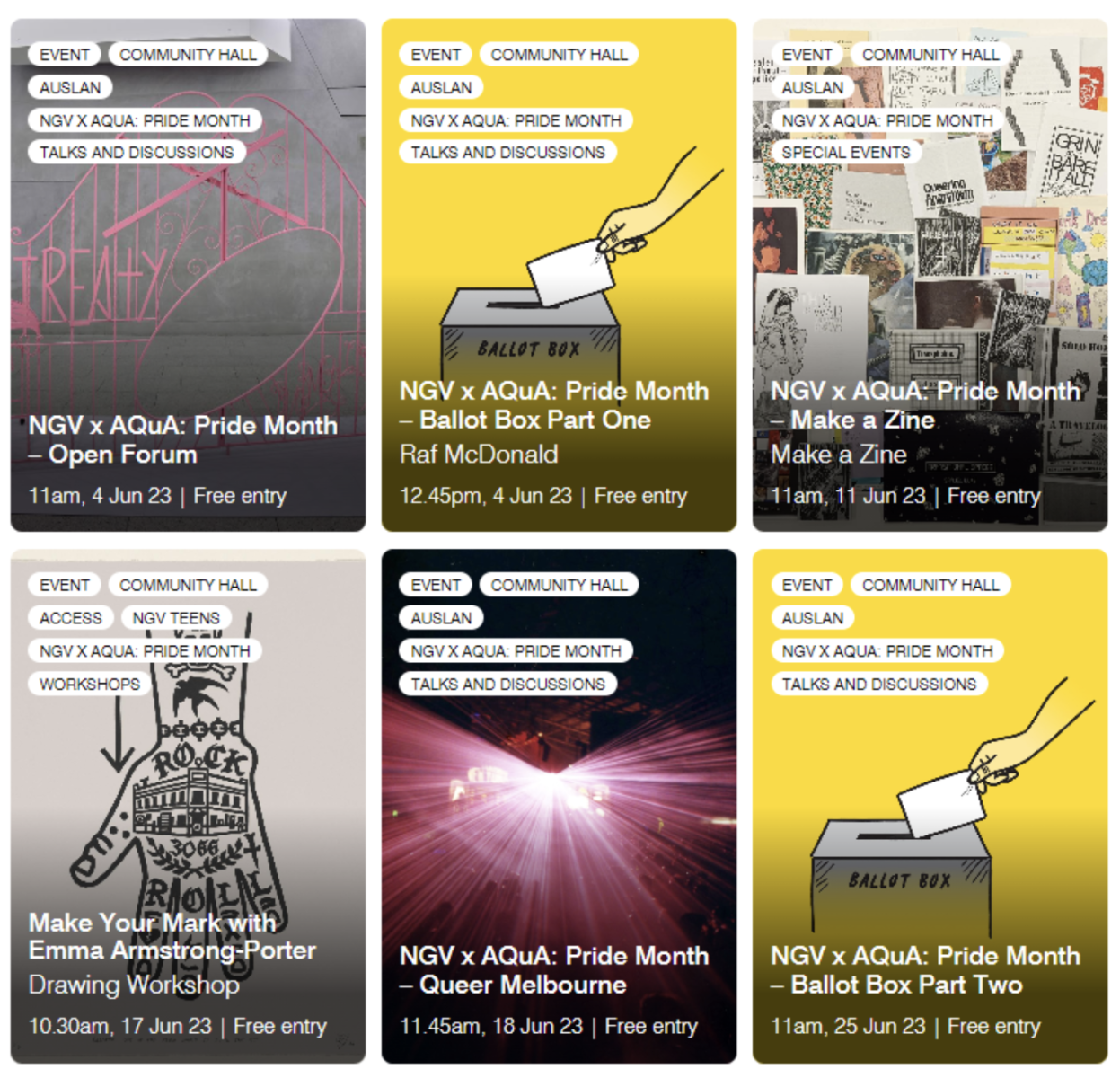Conducted by the Australian Lesbian and Gay Archives, in partnership with Heritage Victoria (HV), the aim of the study is to identify places and objects of significance to the LGBTIQ community from as far back as records go, all the way up to 2020.
We are keen to ensure that all parts of Victoria are included in this study.
There are three ways that you can help.
- We would like to organise some face-to-face community consultations/roundtables in suburban and regional locations. If you are in a mid- to outer-suburban area of Melbourne in in regional Victoria or know of a few people in your area that you think might like to be involved in something like this, please contact Graham Willett at heritage100@alga.org.au to talk about possibilities. We are working to a tight deadline and would like to have the meetings completed by February 28, 2020.
- Head to the Engage Victoria website and send us your thoughts: https://engage.vic.gov.au/history-lgbtiq-victoria
- Please circulate this far and wide.
Below you will find a more detailed description of the project.
HERITAGE100: ABOUT THE PROJECT
The Australian Lesbian and Gay Archives, in partnership with Heritage Victoria (HV) and the Equality Branch, Department of Premier and Cabinet is undertaking a study of LGBTIQ heritage in Victoria.
The aim of the study is to identify places and objects of significance to the LGBTIQ community from the 1840s to 2020.
This study focuses on heritage which has significance for Victoria’s LGBTIQ community.
Heritage: ‘Heritage’ is not the same as history. It is not people or events but places and objects. Places include the locations where we have lived and played and worshipped; where we have socialised, entertained and been entertained; protested and strategised; places where we have been punished and where we have been treated medically, by choice or not. ‘Places’ are anywhere that these things have happened, in buildings or in spaces such as public squares and parks.
Heritage is also found in objects, in our moveable possessions, clothing, badges, banners, books, photographs. Archival collections of documents would also qualify.
To be ‘heritage’ the places and spaces and objects must, in some substantial way, still exist. And generally, be at least 25 years old (though this is not an inflexible criterion).
Significance: Heritage is not just ‘stuff’ – it has significance for people in the present. Significance is about meanings we attribute collectively to places and objects, and the associations, memories and emotions we bring to them. Places and objects may have a range of values for different individuals or groups, including aesthetic, historic, scientific, social or spiritual value. Not every object or place or space will have universal significance, but they do need to be of importance to more than an individual.
For more information contact Graham Willett (ALGA): heritage100@alga.org.au



